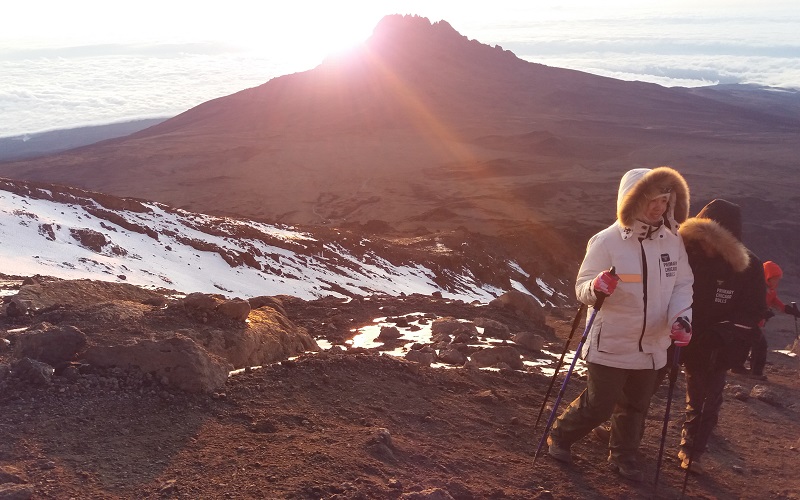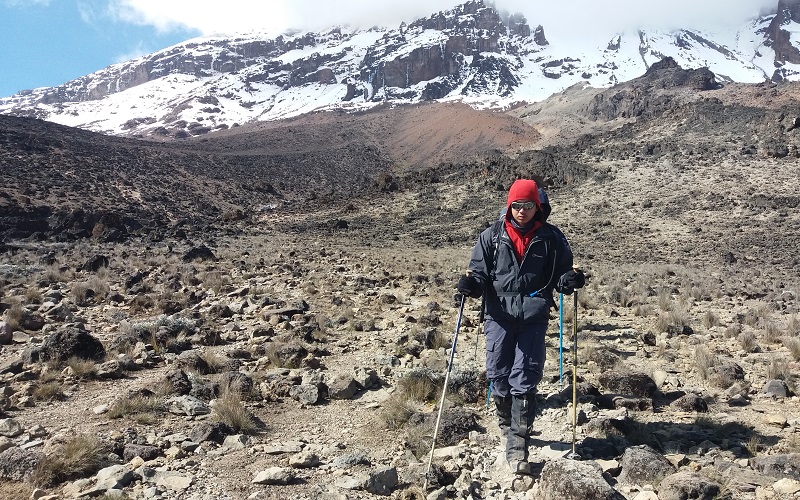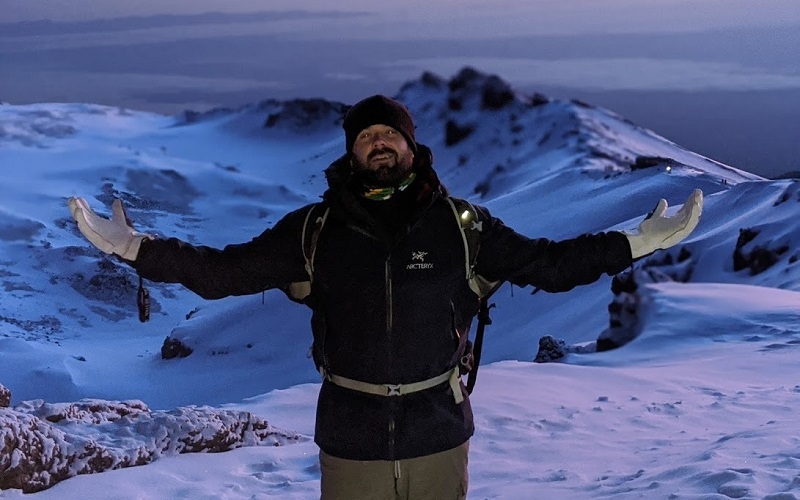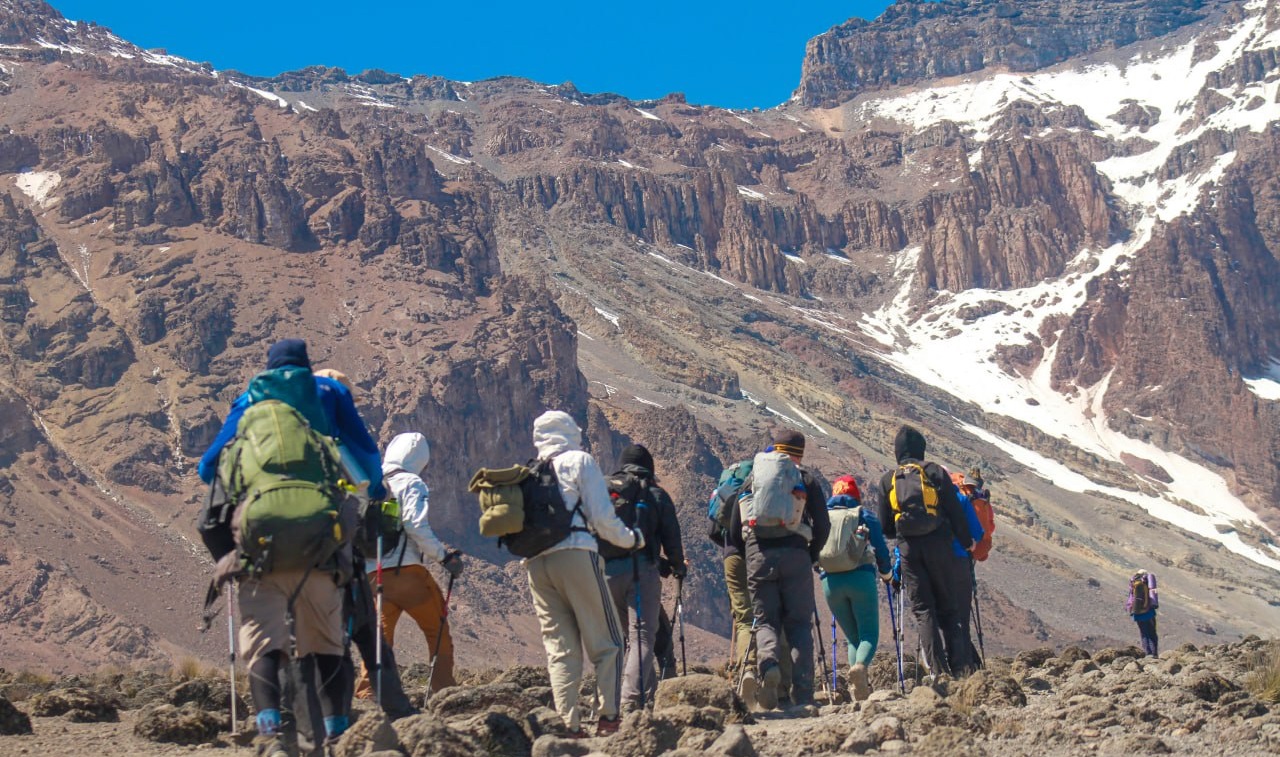
How to Prepare for Your Kilimanjaro Trek with Cliff Africa Adventure: The Ultimate Guide
Are you ready to conquer the majestic Mount Kilimanjaro? Climbing Africa’s highest peak is a life-changing adventure, but it requires careful planning and preparation. From physical fitness to mental resilience, here are 10 essential steps to ensure you're fully ready for the challenge ahead.
1. Get Physically Fit for the Trek
Physical preparation is crucial for a successful Kilimanjaro climb. While it's not a technical mountain, the trek requires stamina and strength. Start by incorporating cardiovascular exercises like hiking, running, and cycling into your routine to improve endurance. Focus on strengthening your legs with exercises like squats, lunges, and stair climbing. Don't neglect your core and upper body—overall strength will help you carry your gear and maintain a steady pace. Gradually increase your training intensity to simulate the rigors of high-altitude trekking.
2. Mental Preparation: Build Resilience
Climbing Kilimanjaro is as much a mental challenge as a physical one. Cultivate a positive mindset and practice visualizing yourself reaching the summit. Embrace the journey and stay determined, especially when faced with tough conditions. Meditation, mindfulness, and stress-reduction techniques can help you stay calm and focused. Surround yourself with a supportive community of fellow climbers for inspiration and motivation. A strong mental attitude will help you persevere through any challenge.
3. Acclimatization: Let Your Body Adjust
As you ascend Kilimanjaro, the oxygen levels decrease, which can lead to altitude sickness if you don’t acclimatize properly. To prepare for this, include acclimatization days in your trekking schedule. These breaks will help your body adjust to the higher elevations and reduce the risk of altitude-related symptoms. Take the time to enjoy the incredible views and reflect on your progress during these rest periods.
4. Pack Wisely: Essentials for Success
Packing the right gear is essential for a comfortable and safe climb. Start with the basics: sturdy, well-fitted hiking boots, moisture-wicking clothing, and layers to handle varying weather conditions. Include a good-quality backpack, a reliable headlamp, and a water bottle to stay hydrated. Don’t forget personal items like sunscreen, a hat, and a first aid kit. Keep your pack light but functional, ensuring you have everything you need without overloading yourself.
5. Hydration and Nutrition: Fuel Your Body
Staying hydrated is critical on Kilimanjaro. Bring a refillable water bottle and water purification tablets to ensure a clean supply. Drink regularly to prevent dehydration, which can worsen altitude symptoms. For nutrition, focus on high-energy foods like nuts, energy bars, and dried fruits. Carbohydrates are your friend, providing sustained energy for the climb. A balanced diet and proper hydration will fuel your body, ensuring you're performing at your best.
6. Research Routes and Hire Experienced Guides
Kilimanjaro has several routes to the summit, each offering a different experience. Do your research to choose the route that best suits your fitness level and time constraints. Popular routes include Machame, Marangu, and Lemosho. An experienced guide will not only help navigate the trail but also provide valuable insights on safety, pace, and acclimatization. Cliff Africa Adventure’s expert guides know the mountain inside and out, ensuring a safer and more rewarding climb.
7. Understand Daily Elevation Gains
Each day on Kilimanjaro involves climbing a certain number of meters to higher altitudes. Understanding the daily elevation gains will help you pace yourself and avoid overexertion. Pay attention to the ascent and descent profiles of your route, as well as the importance of gradual acclimatization. With the right expectations and pacing, you’ll be able to climb steadily and confidently toward the summit.
8. Altitude Medication: Be Prepared
Altitude sickness can affect anyone, even experienced trekkers. Consult with your healthcare provider before your trip to ensure you're prepared. Medication like Diamox can help reduce the symptoms of altitude sickness, but it’s not a substitute for proper acclimatization. Make sure to carry any prescribed medications with you and use them as directed. Being proactive about your health will help ensure a smoother climb.
9. Prioritize Mental and Physical Rest
Climbing Kilimanjaro is physically demanding, and proper rest is crucial. Take regular breaks throughout the day to recover your energy. Ensure you get enough sleep during the nights to let your body heal and recharge. Mental rest is just as important—take time to enjoy the views, reflect on your progress, and keep your spirits high. Resting will allow you to climb with renewed vigor and a clear mind.
10. Stay Positive and Enjoy the Journey
Finally, remember that climbing Kilimanjaro is an incredible adventure. Stay positive, enjoy each moment, and embrace the challenge with enthusiasm. Celebrate the small victories, like reaching each camp or completing a tough section of the trail. With a positive attitude, you'll make the most of your journey and create memories that will last a lifetime.
Conclusion:
Climbing Mount Kilimanjaro with Cliff Africa Adventure is a once-in-a-lifetime experience that requires both physical and mental preparation. By focusing on fitness, acclimatization, packing, hydration, and rest, you’ll be well on your way to a successful summit. With the right mindset and expert guidance, you’ll not only reach the top but also enjoy every step of the journey. Get ready for an adventure you’ll never forget!
Kilimanjaro Climbing
Africa's Tallest Mountain Journey to the Roof of Africa with Cliff Africa Adventure. Enjoy Kili's best tents, most qualified guides and a 98% summit success rate.







